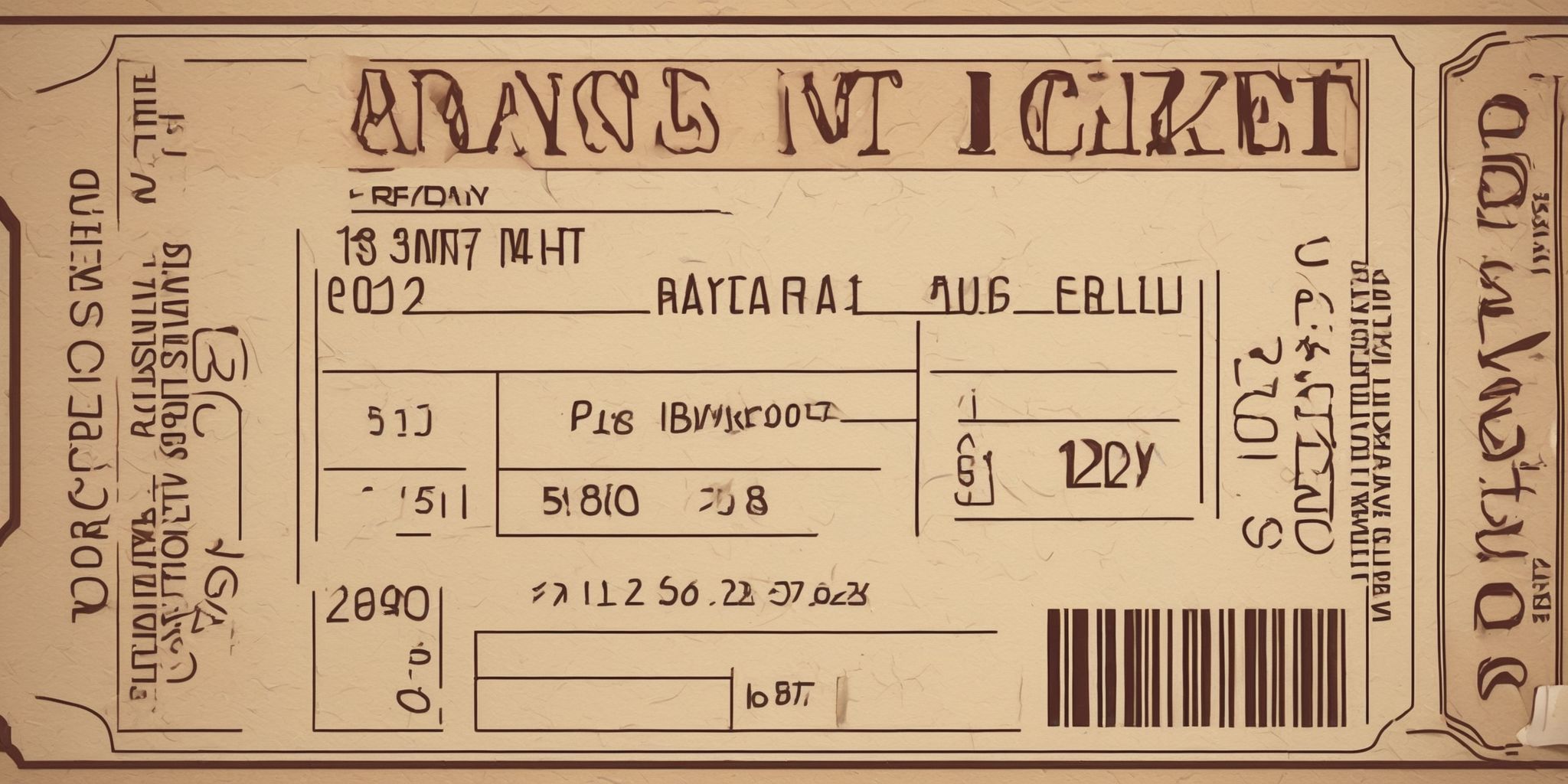Exploring the Nil Rate Band: How It Affects Inheritance Tax
Are you familiar with the concept of the Nil Rate Band? No, it's not a musical term or a savings plan. In fact, it has everything to do with the not-so-fun topic of inheritance tax. But before you start yawning, let's dive into this intriguing aspect of estate planning that could potentially save your loved ones a heap of money when the time comes. The Nil Rate Band might just be the key to unlocking a more tax-efficient future for your heirs.
So, grab a cup of coffee and let's explore how thismysterious band affects inheritance tax and what you can do to make the most of it.
What is the Nil Rate Band?
The Nil Rate Band is a threshold set by the government to determine the amount of an individual's estate that is exempt from Inheritance Tax. It represents the maximum limit up to which no tax is levied on the estate. For the tax year 2021/2022, the Nil Rate Band stands at £325,000. This means that if the total value of an estate falls below this threshold, no Inheritance Tax is payable. However, any value above the Nil Rate Band is subject to a 40% tax rate.
Understanding the Nil Rate Band is crucial in effective estate planning to minimize potential tax liabilities.
The Purpose of the Nil Rate Band
The Nil Rate Band serves as a tax threshold for individuals when it comes to Inheritance Tax. It determines the amount of an individual's estate that is exempt from tax. The purpose of the Nil Rate Band is to provide a tax-free allowance to ensure that individuals can pass on a certain level of wealth to their beneficiaries without incurring Inheritance Tax.
For example, if an individual's estate value is below the Nil Rate Band threshold, no Inheritance Tax is payable. This allows individuals to preserve their wealth for future generations, supporting effective estate planning and inheritance strategies. Understanding the Nil Rate Band is crucial for minimizing potential Inheritance Tax liabilities and optimizing the distribution of assets to loved ones.
Understanding Inheritance Tax
What is Inheritance Tax?
Inheritance Tax is a tax imposed on the estate of a deceased person. It is based on the value of the assets they leave behind, such as property, money, and possessions. The tax is typically paid by the beneficiaries of the estate, although certain exemptions and allowances may apply.
The current Inheritance Tax nil rate stands at £325,000 in the UK. This means that estates valued below this threshold are not subject to tax. However, any amount above this threshold is taxed at a rate of 40%. Understanding the rules and exemptions surrounding Inheritance Tax is crucial for effective estate planning and minimizing tax liability.
For example, utilizing the spouse exemption allows individuals to pass their assets to their spouse or civil partner tax-free. Additionally, making use of gifting allowances can help reduce the value of the estate subject to tax. Familiarizing oneself with these potential strategies can ensure that loved ones receive a larger portion of the estate, while minimizing the impact of Inheritance Tax.
How is Inheritance Tax Calculated?
Inheritance tax is calculated on the total value of an individual's estate at the time of their death. It is important to be aware of the tax bands and rates that apply. Currently in the UK, the standard inheritance tax rate is set at 40% on the value of the estate above the nil rate band. The nil rate band is the threshold below which no inheritance tax is payable.
For example, if the nil rate band is £325,000 and the total estate value is £500,000, the inheritance tax would be calculated on the £175,000 exceeding the nil rate band. This highlights the significance of understanding the nil rate band and its impact on inheritance tax liability.
Exemptions from Inheritance Tax
Exemptions from Inheritance Tax provide certain assets and circumstances with relief from this tax. Understanding these exemptions can help individuals minimize their tax liability. Here are some key points to consider:
- Spouse or Civil Partner Exemption: Assets left to a spouse or civil partner are exempt from Inheritance Tax.
- Charity Exemption: Assets left to registered charities do not attract Inheritance Tax.
- Business Relief: Certain business assets and agricultural property may qualify for relief, reducing their taxable value.
- Annual Exemption: Each individual has an annual exemption allowance, where gifts up to a certain value are free from Inheritance Tax.
- Lifetime gifting: Gifts made more than seven years before death are generally exempt from Inheritance Tax.
By taking advantage of these exemptions, individuals can effectively reduce their Inheritance Tax liability and preserve more of their estate for their beneficiaries.
The Importance of the Nil Rate Band
Determining Eligibility for the Nil Rate Band
Determining eligibility for the Nil Rate Band is based on the individual's estate value at the time of their death. The current threshold for this tax year is £325,000. If the estate falls below this amount, it will be exempt from Inheritance Tax. However, if the estate exceeds the threshold, the Nil Rate Band may still apply. In certain cases, married couples or civil partners may be able to utilize their partner's unused Nil Rate Band, effectively doubling the threshold to £650,000.
It's important to accurately assess the estate's value and consider any applicable exemptions or reliefs to determine eligibility for the Nil Rate Band and potentially decrease Inheritance Tax liability.
The Impact of the Nil Rate Band on Inheritance Tax Liability
The Nil Rate Band significantly affects inheritance tax liability by providing a tax-free threshold on the value of an estate. Understanding its impact is crucial when planning for inheritance tax. Here's how the Nil Rate Band can affect your liability:
- The Nil Rate Band sets the threshold below which no inheritance tax is payable.
- Inheritance tax is only applicable to the value of the estate above the Nil Rate Band.
- By structuring your estate planning effectively, you can ensure that your estate remains within the Nil Rate Band, minimizing or even eliminating inheritance tax liability.
- Utilizing strategies like gifting, trusts, or utilizing the Residence Nil Rate Band can help maximize the benefits of the Nil Rate Band and reduce the overall tax burden on your estate.
Remember, consulting with a professional tax advisor is important to navigate the complexities of estate planning and to ensure you make the most of the Nil Rate Band.
Maximizing the Benefits of the Nil Rate Band
Utilizing the Residence Nil Rate Band
Utilizing the Residence Nil Rate Band can significantly reduce your inheritance tax liability. This band allows individuals to pass on their main residence tax-free up to a certain threshold. By structuring your estate planning strategy effectively, you can make the most of this allowance.
For example, you could consider downsizing or selling additional properties to maximize the available relief.
Additionally, married couples or civil partners can transfer any unused portion of their residence nil rate bands to each other, further optimizing tax savings. Consulting a financial advisor or tax professional can help you navigate the complexities and identify the best approach for your circumstances.
Gifting and Trusts to Minimize Inheritance Tax
Gifting and trusts can be effective strategies for minimizing inheritance tax liabilities within the context of the nil rate band. Some practical considerations include:
- Annual Exemption: Individuals can gift up to a certain amount each year without incurring inheritance tax. This can be a valuable way to gradually reduce the taxable estate.
- Potentially Exempt Transfers: Gifts made more than seven years before the individual's death are generally exempt from inheritance tax.
- Trusts: Placing assets into trusts can remove them from the individual's estate, potentially reducing the inheritance tax liability. However, it's important to consider the complex rules and tax implications associated with trusts.
- Specialist Advice: Seeking guidance from tax professionals or estate planners can ensure compliance with regulations and optimize the gifting and trust strategies.
For example, individuals may choose to gift money to their children annually or create a trust to hold assets for future generations, thereby minimizing the inheritance tax burden.
How the Nil Rate Band Protected a Significant Portion of the Estate
- The Nil Rate Band is a valuable tool in mitigating inheritance tax liability for beneficiaries.
- By utilizing the Nil Rate Band effectively, a significant portion of the estate can be protected from taxation.
- For example, in the case of the Anderson family, their estate was worth $1.5 million. With the Nil Rate Band set at $325,000, this amount was not subject to inheritance tax.
- As a result, the Anderson family was able to pass on a larger portion of their wealth to their beneficiaries, ensuring that their hard-earned assets remained within the family.
- Understanding and leveraging the Nil Rate Band can lead to substantial savings and a more favorable distribution of assets.
The Impact of the Nil Rate Band on Jointly Owned Assets
Jointly owned assets can have significant implications for inheritance tax liability. When one of the joint owners passes away, the value of their share may be subject to inheritance tax. However, the nil rate band can help minimize the tax burden. If the deceased's share falls within the nil rate band threshold, no inheritance tax will be due. It's important to consider the ownership structure and ensure that both owners fully utilize their nil rate bands.
For example, if a property is jointly owned by a married couple, it's possible to transfer ownership to maximize the available nil rate bands. This strategy can potentially save a substantial amount of inheritance tax.
Conclusion
The Nil Rate Band is an important factor to consider when dealing with inheritance tax. This article explores what the Nil Rate Band is and how it affects the amount of inheritance tax that must be paid. It delves into the current threshold for the Nil Rate Band, the implications for married couples and civil partners, as well as the potential impact of the residence nil-rate band.
It offers valuable insights for individuals who want to navigate the complexities of inheritance tax and make informed financial decisions.

